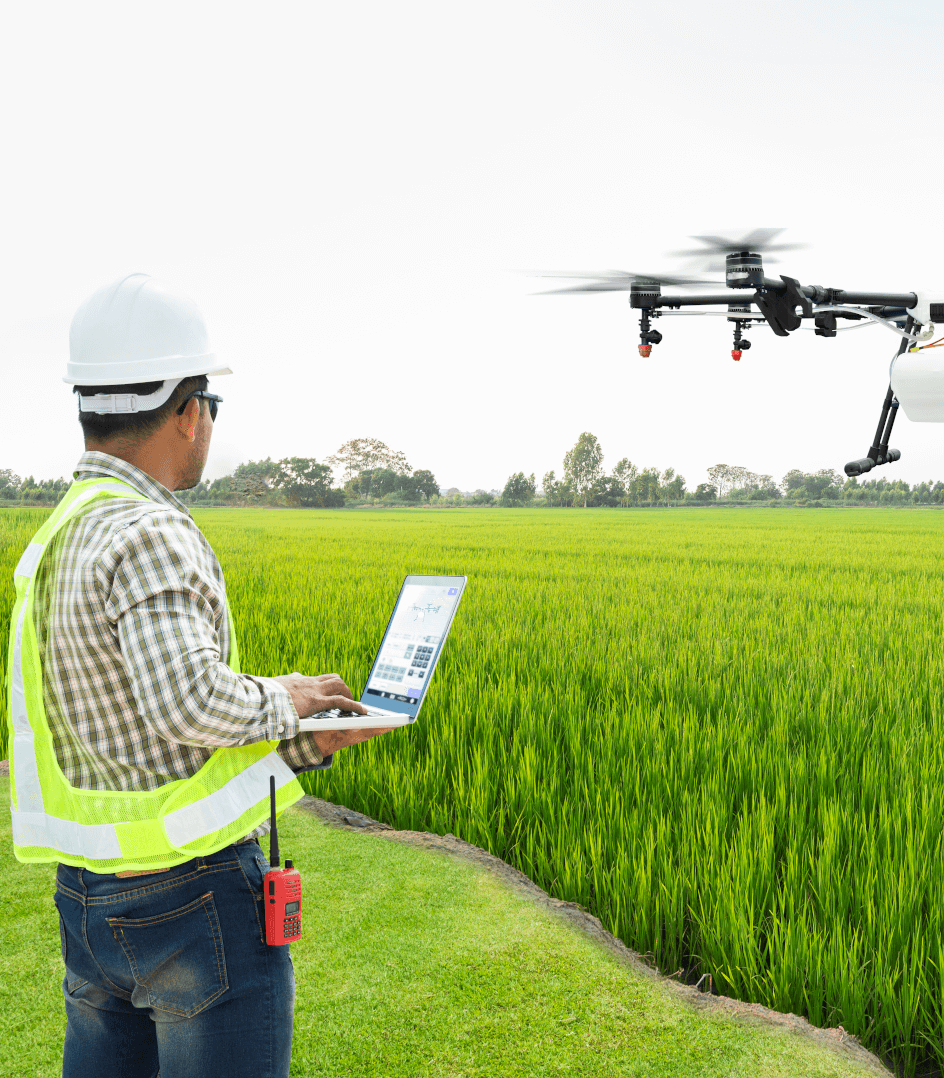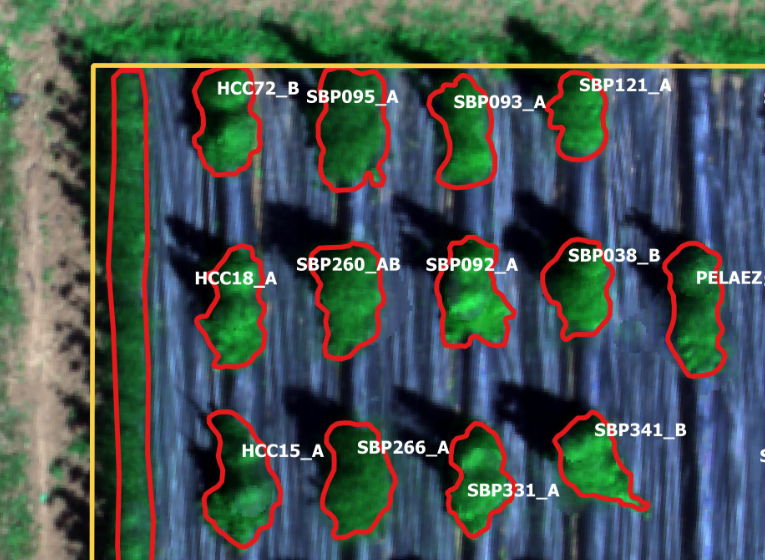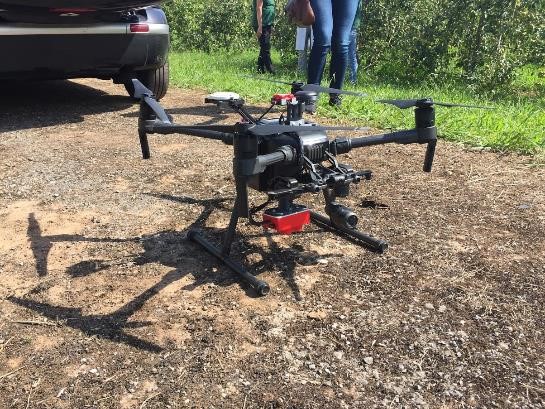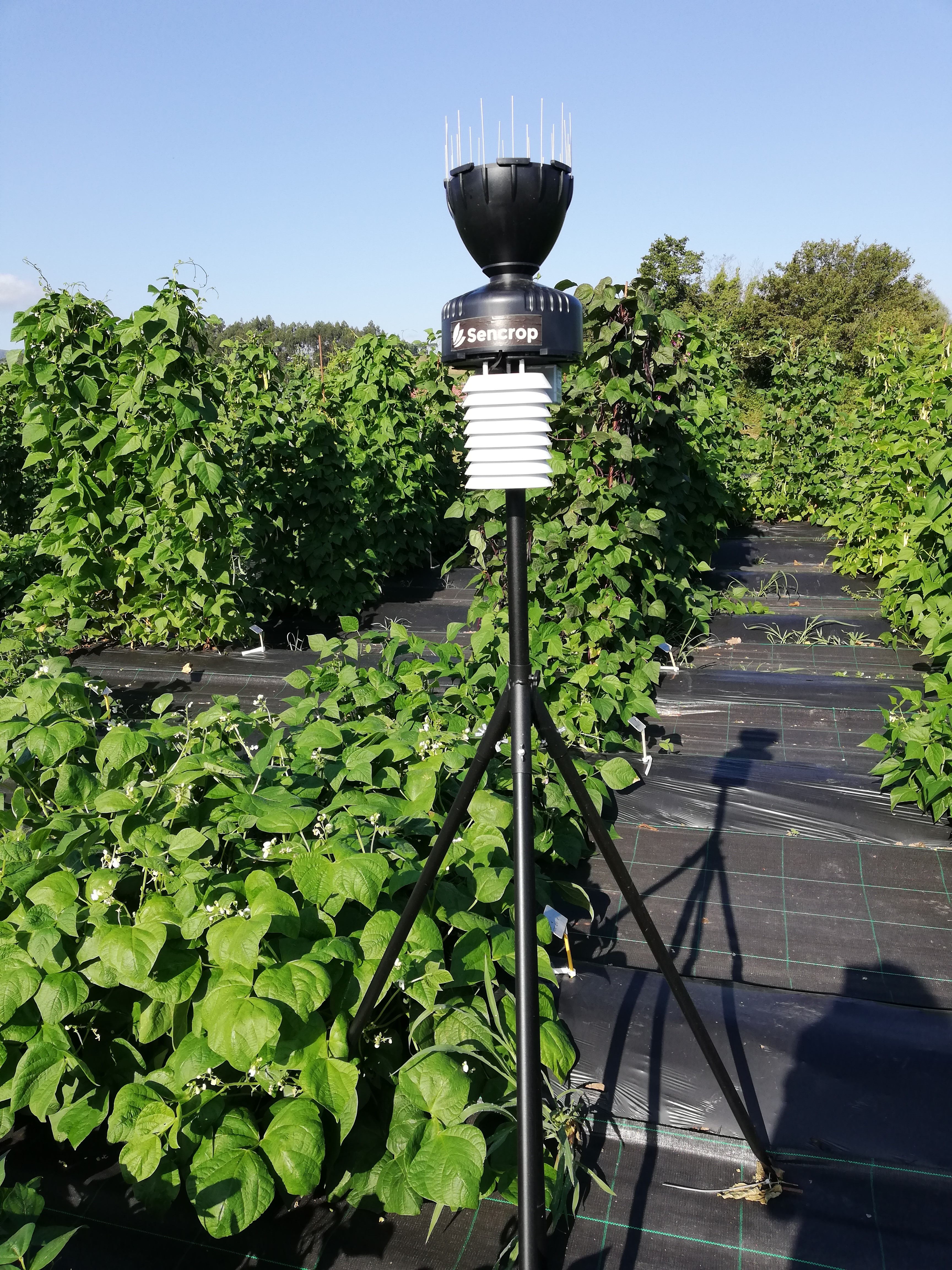
Union of technologies in the agricultural sector
Our company has collaborated with Serida in the Bresov project on more than 200 bean varieties from different European countries, in order to check the health status of the crop, and the phenotypic differences between varieties. From the images taken by drones and through image analysis and artificial intelligence algorithms, the calculation of indices that allow optimization and decision making are carried out.
The need starts from the current trend to automate phenotyping for the management of large plant collections or the early detection of stresses. In this sense, multispectral images taken by drones can provide additional useful information in the differentiation of varieties, as well as in the recognition of biotic or abiotic stresses. The project seeks to know to what extent this technology can contribute or facilitate the phenotypic or differentiation of bean genotypes.


This type of project can be perfectly complemented with the use of meteorological stations that help, for example, to anticipate certain pests or even if the flowering or collection times may be affected by the conditions. When choosing the best weather station, we must take into account different parameters: the variables we want to measure, the frequency with which we want to obtain them, how to collect them, the coverage of the communications network to share the information and the interface which with monitor it. A communications network that works very well in the agricultural sector and with which we have worked from our firm is Sigfox: sending information on temperature, humidity, wind and rain every fifteen minutes is sufficient for these environments. These stations include monitoring and alert generation applications. The integration of data in the cloud means that the information collected can be the base for advanced artificial intelligence algorithms that help in agricultural tasks.

Measurement of weather conditions
Environmental conditions have always concerned humanity. Depending on the weather, we will be able to carry out different outdoor activities, movements will have more or less difficulty, etc.
There are many sectors in which the state of the weather has special relevance to carry out the work efficiently: construction, energy, maritime, logistics, etc. Some examples:
- Renewables: it is vital to know the solar radiation, the temperature and the wind speed for the positioning of the trackers. There are a variety of meteorological stations with the most common communication protocols in the energy sector to integrate them into the control systems of the plants.
- Construction: weather conditions may cause construction tasks to be postponed until period of time when, for example, there is no rain. Construction projects are sometimes in remote environments that may occasionally be isolated by snow or difficult to access due to poor visibility due to fog. The use of meteorological stations and in many cases of vision systems can serve, such as, to decide in advance if a crew moves to a work area on a certain day or if the weather conditions make it unfeasible.
- Logistics: both during the transport of refrigerated products and their storage in logistics warehouses, it is essential to ensure that the environmental conditions are adequate. A poor control of temperature and humidity that breaks the cold chain which can cause products to spoil and become unsuitable.
- Industrial: on an industrial level, temperature and humidity conditions can affect the quality of processes and the operation of machinery.
- Livestock: both in intensive livestock and very especially in extensive livestock, knowing the weather conditions and even their prediction can improve animal welfare and the optimization of resources and jobs.
- Agriculture: this is the sector that has most dependence on the climate. Knowing the weather forecasts optimizes the processes of irrigation, collection and care of crops. The use of environmental sensors together with the monitoring of crops with images captured by drones can be the perfect combination for pest control, detection of water needs, etc.
Conclusion
There is a great variety of sensors for collecting data on environmental and weather conditions, communication networks and various devices that allow to improve work in different sectors, but the integration of different technologies optimizes processes. The use of IoT, plus Artificial Vision is an example of this, but other technologies such as blockchain, data science, etc. may be applicable to work with the data obtained, improve and optimize different processes.
Within our company we have expert staff in the most disruptive technologies, collaboration agreements with different hardware manufacturers, experience in integration and fusion of technologies that allow us to maximize the benefit that can be obtained by applying technological advances in all sectors.
Co-written by Marta García Prado y David Cabañeros.

